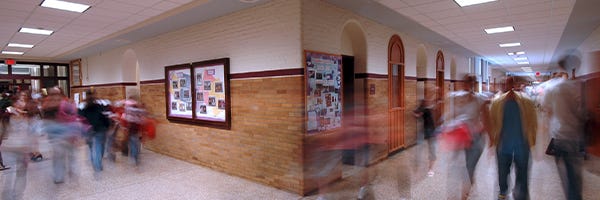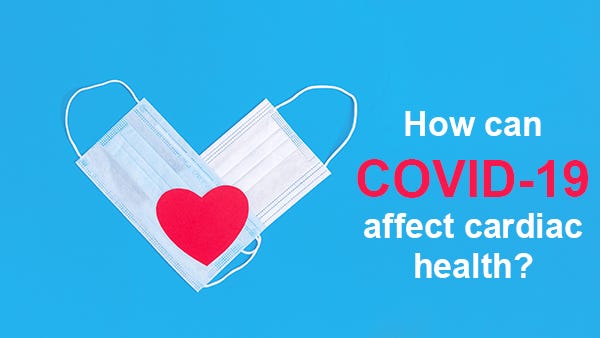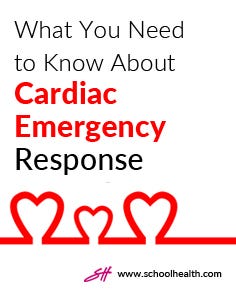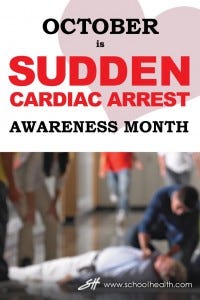Make the Game Safer in a Heartbeat
- By School Health
- Sep 12, 2023
- 0 Comments


Do your athletes know the importance of heart health?
October is Sudden Cardiac Arrest (SCA) month. Although athletes are generally healthy, they are not immune to cardiac problems. According to The American Heart Association, The NCAA is moving forward with developing guidelines to detect college athletes at risk for sudden cardiac death, including mandated heart screenings. Due to this, time and early detection are vital when these events occur. This makes it essential for athletes, trainers, coaches, and sports organizations to be proactive when responding to sudden cardiac arrest incidents. Taking preventative measures on and off the field is key to ensuring long term safety, heart health, and peak performance in athletes.
Triggers of SCA in Athletes:
- Underlying heart conditions: Physical examinations don’t always detect heart abnormalities, leaving athletes to believe that they are fine, when in fact they may have an underlying heart condition. This can make them more susceptible to SCA, especially in vigorous sports that demand more stress on the heart.
- Family history: Many athletes may have a family history of heart conditions that they are unaware of, putting them at higher risk.
- Overtraining syndrome: Sage Journal explains how Athletes who engage in excessive training or exercise without proper rest may develop hormonal imbalances that could disrupt the heart’s function.
Blunt Force Trauma:
Athletes who participate in high-contact sports are at a higher risk of experiencing sudden cardiac arrest due to the physical nature of these activities. Since high school and college sports can be utterly competitive, this is extremely important to acknowledge. When a blow to the chest occurs at just the right time during the cardiac cycle, it has the potential to be fatal. This is something that all athletes and coaches need to consider, since this can happen without any preexisting heart abnormalities.
Remind Your Athletes To:
- Cardiac evaluations: Undergo specific cardiac evaluations to identify any underlying heart conditions or risk factors before the season, such as EKGs.
- Periodic checkups: Schedule regular checkups with a healthcare provider to assess blood pressure, blood sugar, and cholesterol levels.
- Rest if needed: Take a break if needed. Do not ignore symptoms such as chest pain, shortness of breath, or heart palpitations – inform the coach or trainer immediately.
SCA Prevention by Athletic Trainers and Coaches:
- Regular drills and testing: Conduct emergency response drills that involve the use of AEDs and CPR to get coaching staff and all players familiar with using the equipment.
- Maintenance and inspection of AEDS: Evaluate all AED units and accessories, verify that they are strategically placed throughout the facility, and replace batteries when needed.
- Hydration and recovery: Ensure players are hydrated by allowing regular water breaks to prevent dehydration or heat-related illnesses.
Stay Prepared:
SCA does strike without warning among athletes. However, there are tactics that sports facilities, coaches and athletes can focus on to minimize these risks, but they must work as a team. Staying prepared and informed about heart health is an important thing to do – this month, and every month.
School Heath offers AEDS, AED accessories, CPR training kits, hydration products, and more to support the health and safety of your school athletic program.
Resources:
https://www.yalemedicine.org/conditions/pulse-oximetry
https://www.sportsmedtoday.com/commotio-cordis-va-88.htm
https://www.drdavidgeier.com/blunt-trauma-and-sudden-death-in-young-athletes/
https://www.merckmanuals.com/home/injuries-and-poisoning/sports-injuries/overview-of-sports-injuries





